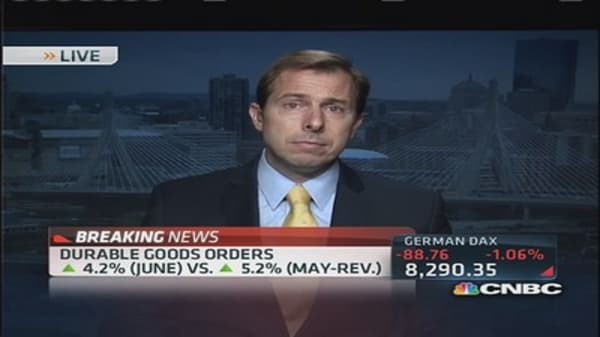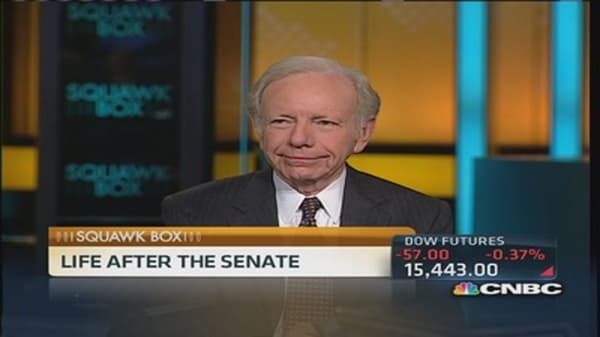Initial claims for state unemployment benefits increased by 7,000 to a seasonally adjusted 343,000, the Labor Department said in a separate report Thursday.
Readings for jobless claims can be volatile in July because many factories close to retool during the period, and it is difficult for the government to adjust the data for seasonal swings because the shutdown schedule varies from year to year.
Still, a four-week average of new claims, which smooths out volatility, fell 1,250 from a week earlier.
The data reinforces the view that the labor market is weathering this year's tax hikes and federal budget cuts, which appeared to drag heavily on economic growth during the first half of the year.
A Labor Department analyst said there was nothing unusual in the data and that no states had provided estimates.
Economists polled by Reuters had expected first-time applications to rise to 340,000 last week. Claims for the prior week were revised to show 2,000 more applications received than previously reported.
The U.S. labor market has shown signs of strength in recent weeks, with 195,000 jobs added to payrolls in June. This has fueled expectations the Federal Reserve will start winding down its massive stimulus program as early as September.
At the same time, Fed Chairman Ben Bernanke has said the Fed would only begin withdrawing its support if the economy improves as much as policymakers expect.
(Read more: Has Bernanke perfected balance between hawks and doves?)
The claims report showed the number of people still receiving benefits under regular state programs after an initial week of aid fell 119,000 to nearly 3.0 million in the week ended July 13.





